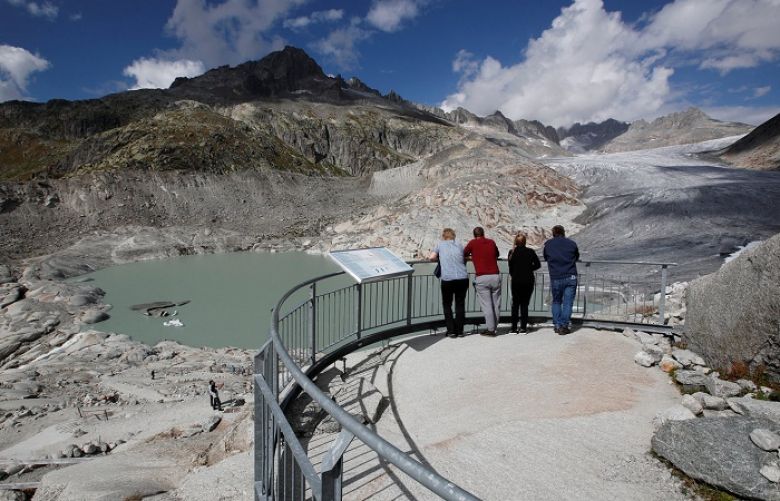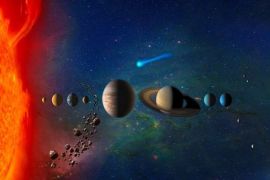The new year has delivered a one-two punch of bad news about the world's oceans.
Not only did 2018 turn out to be the oceans' warmest year on record, but scientists realized that oceans are also heating up 40% faster than they'd previously thought. What's more, research has found that the Antarctic ice sheet is melting nearly six times as fast as it did in the 1980s.
So when a viral photo challenge emerged in which people on social media juxtapose pictures of themselves from 2009 and 2019, some environmentalists seized on the opportunity to highlight Earth's own "10-year challenge."
Sites like Reddit and Instagram have exploded with posts calling for greater public awareness about the effects of climate change. While the original challenge is meant to provide a visual representation of the way someone has matured or changed, the climate-change versions convey a more serious message: This is the 10-year challenge we need to focus on.
The real #10yearchallenge? Climate change. According to @IPCC_CH #SR15, we have just over 10 years to #ActOnClimate before we cause irreparable damage to our planet. Take our free course on #ClimateAction and become a part of the solution. Enroll now! https://t.co/puzQgIiUoQ pic.twitter.com/Ujz7kEAnoH
— The SDG Academy (@SDG_Academy) January 14, 2019
Many of the 10-year comparison photos show melting glaciers, one of the most visually dramatic effects of a warming planet.
Melting glaciers mean the North Pole and the South Pole are slowly getting makeovers (and not the good kind). In a worst-case scenario, called a "pulse," warmer water could cause the glaciers holding back Antarctica's and Greenland's ice sheets to collapse. That would send massive quantities of ice into the oceans, potentially leading to rapid sea-level rise around the world.
If a pulse were to happen, the sea level in South Florida could increase by 10 to 30 feet by 2100. But because water, like most things, expands when it warms, sea-level rise is inevitable even if the ice sheets don't melt — the oceans absorb 93% of the extra heat that greenhouse gases trap in the atmosphere.
It's one thing to talk about these threats in the abstract. But it's a different ball game when we see visual evidence.
Glaciologists think that half of Switzerland's small glaciers — and the streams they feed — will be gone within the next 25 years, according to Reuters.
This pair of images shows the retreat of Alaska's Pedersen Glacier from 1917 to 2005.







